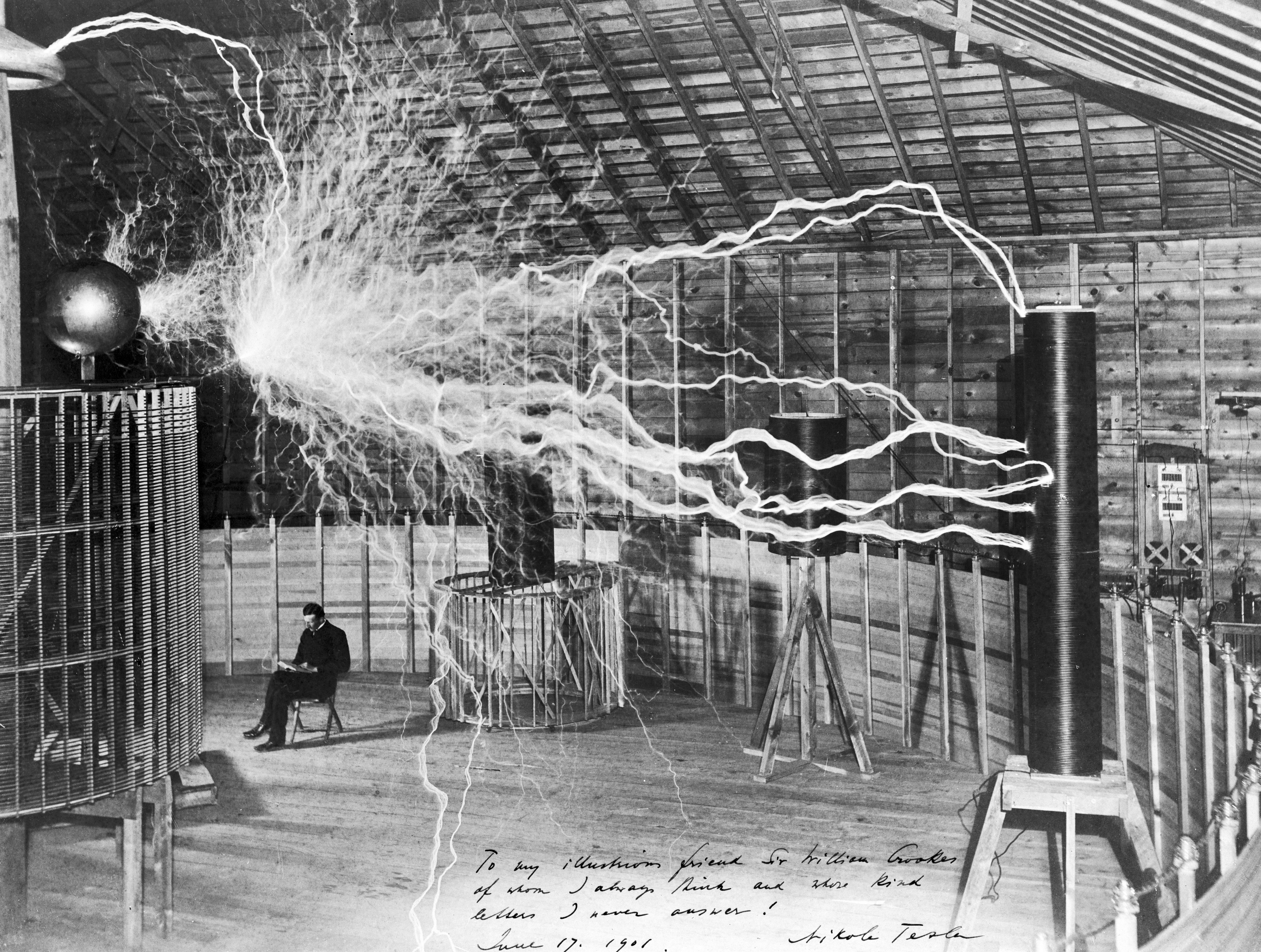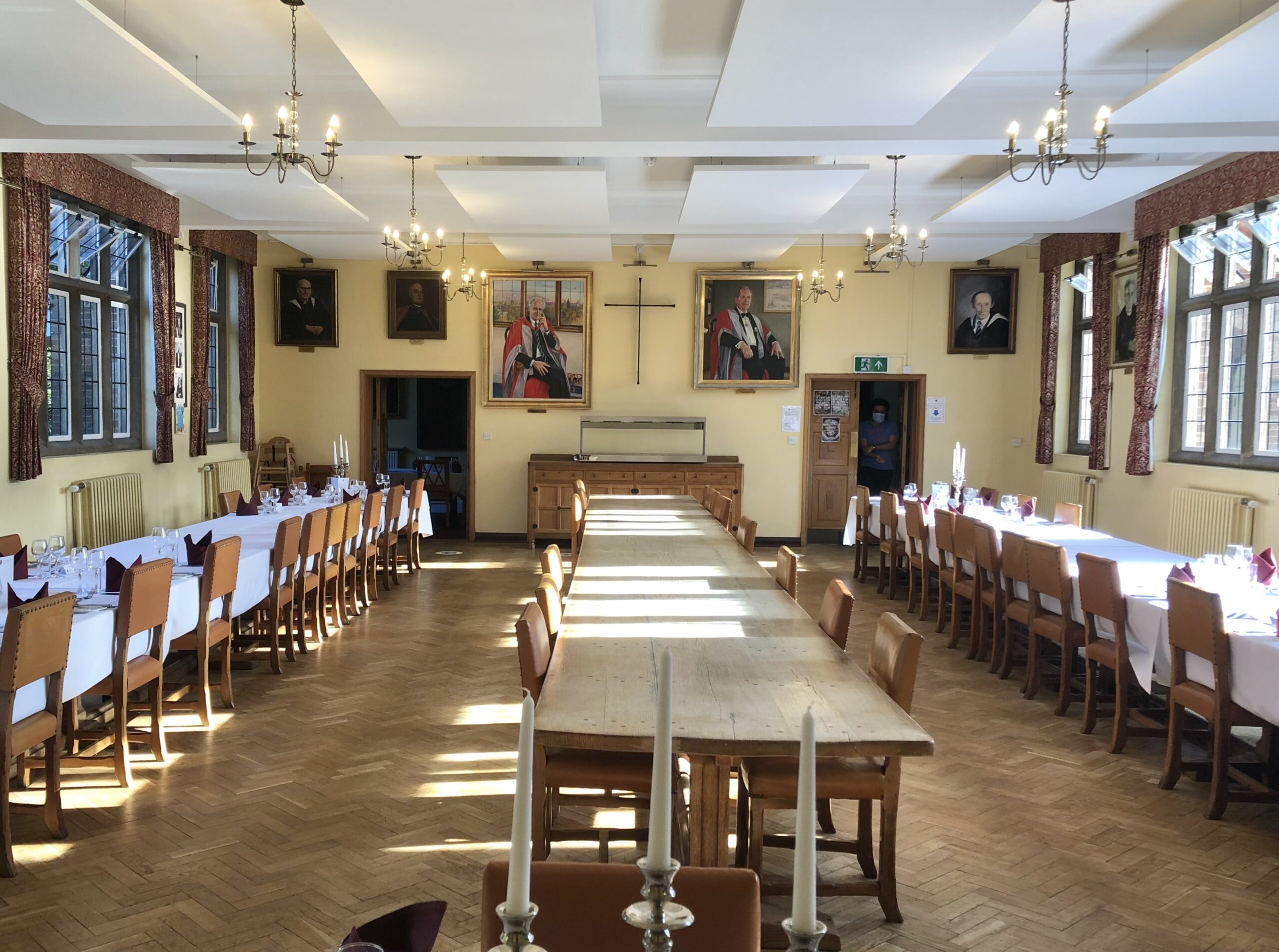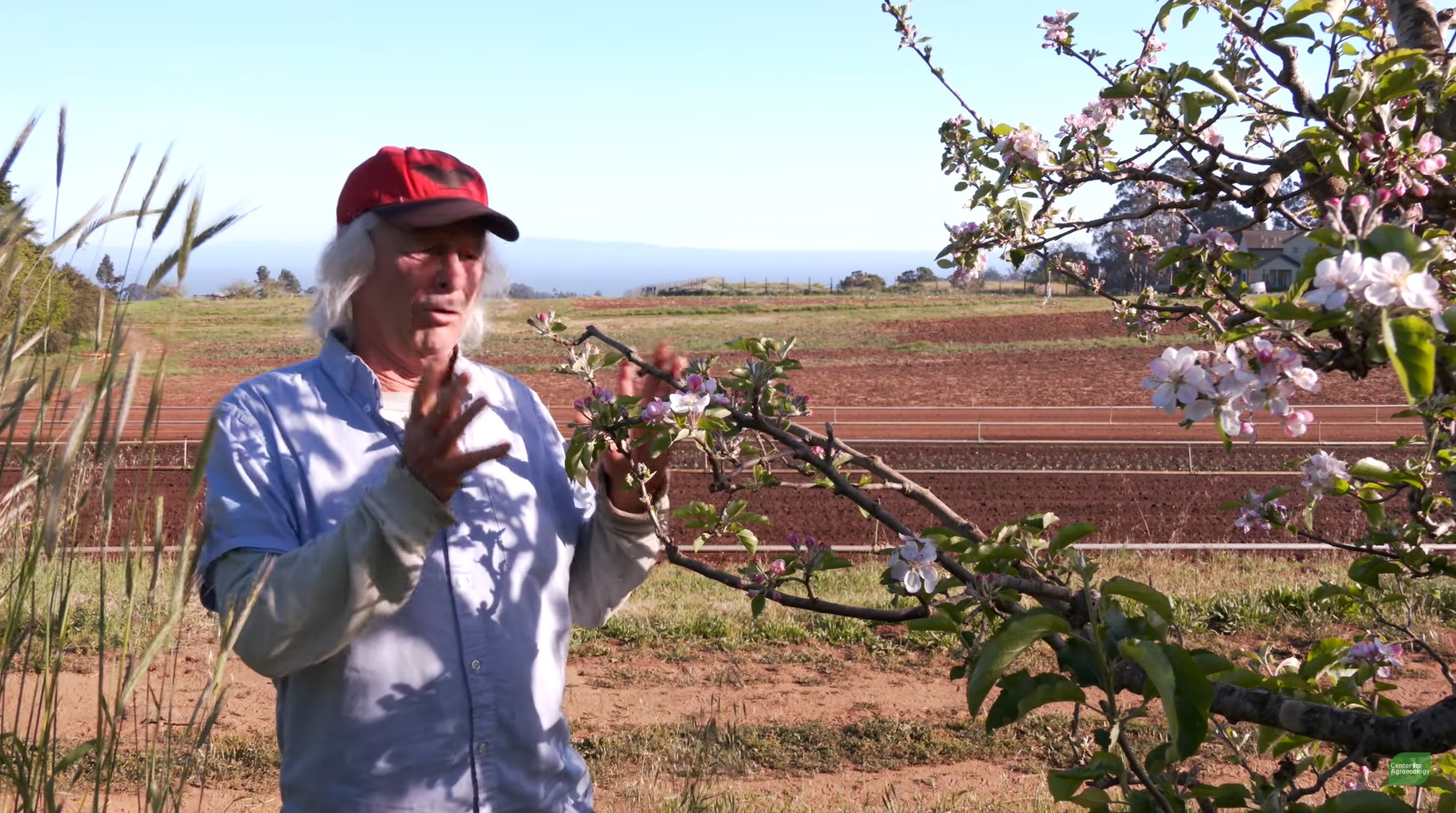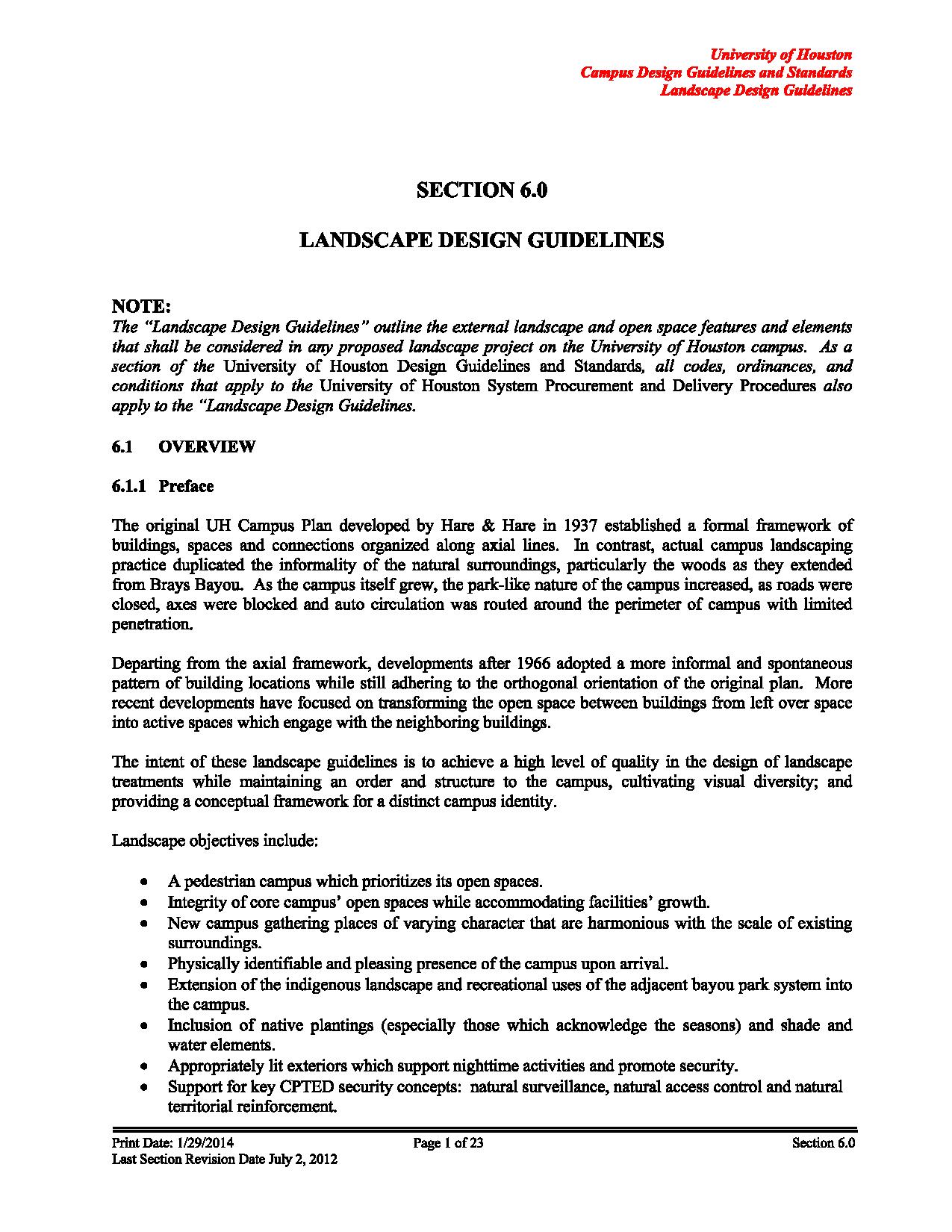
Nicola Tesla in his Laboratory | Click image
The NFPA suite of electrical safety titles are most familiar to the education facility safety community because NFPA documents run deeply in local public safety culture; dominated by an over-arching concern for protection from fire.
The NFPA 70-series of documents are developed according to ANSI-accredited due process requirements that features a comparatively rigorous administration of stakeholder balance; much more so than the electrotechnology consensus documents prepared by the Institute of Electrical and Electronic Engineers Standards Association which is much broader in global reach.
Generally speaking, the IEEE — the world’s largest professional association — is dominated by electrotechnology experts who work on behalf of the user-interest in the US standards system; hence our close collaboration with the IEEE Education and Healthcare Facilities Committee as the the emergent #WiseCampus rolls out. We also present an informed vote supported by the IEEE Industrial Applications Society.

University of Washington
The cultural difference between fire safety community and the electrotechnology community must be understood in order to understand how, why and where the NFPA-70 series of documents harmonize and conflict with IEEE Standards Association electrical safety codes and standards. You find an abundance of academic faculty and researchers developing IEEE documents; not so many of the same developing NFPA documents.

We list the complete NFPA 70-suite below:
NFPA 70 National Electrical Code® (2020)
NFPA 70A National Electrical Code® Requirements for One- and Two-Family Dwellings[1]
NFPA 70B Recommended Practice for Electrical Equipment Maintenance
NFPA 70E Standard for Electrical Safety in the Workplace®
Note that two on the foregoing list receives special (legal) handling as “code”.

We provide links to the transcripts of the 2024 technical committee meetings to show the scope of discussion that goes into the preparation of this document:
Electrical Safety in the Workplace (EEW-AAA)
Public Input Report
Public Comment Report
The circumstances of the pandemic have restrained the normal course of business at NFPA, as it has most other standards developers. We make near-daily contact with many NFPA titles so click in any day at 15:00 UTC for an update.
Public Input on the 2027 Revision will be received until June 4, 2024.
We are happy to discuss proposals for the next revision of NFPA 70E any day at 15:00 UTC but direct you to the possibility of more detailed discussion during any of the bi-weekly online meetings of the IEEE Education and Healtcare Facilities Committee.[2]

Issue: [3-3], [6-4], [10-14], [12-19], [15-160] and [18-135]
Category: Electrical, Public Safety, Risk Management
Colleagues: Mike Anthony, Jim Harvey, Joe Tedesco
[1] Many colleges and universities own and operate real assets that are covered by residential building codes; frequently on the perimeter of a campus or farther off-site as in the case of residential assets that are donated to the university. We generally confine our advocacy to education facilities that are classified as commercial and covered by NFPA 70, 70B and 70E, though we are happy to consult with facility managers on NFPA 70A as necessary.
[2] Standards Michigan is undertaking a 50-state rollout during 2019 because, among other reasons, national committees across the entire span of accredited standards, tend to be dilutive. We want to offer more support for state exceptions to the codes and standards that affect the safety and sustainability goals of the education industry.
Archive / NFPA 70E Electrical Safety in the Workplace





















